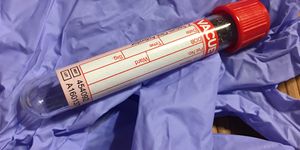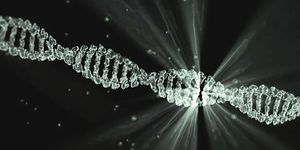Carbon-Dating Ancient Pottery Just Got Easier
Pottery recovered at archaeological sites, especially vessels that our ancestors used to eat and cook with, are critical artifacts for researchers to re-construct the life of their users. According to a recently published study, scientists at the University of Bristol have come up with a new method that accurately can place clay-based kitchenware and their surrounding in the spot in history.
Invented by physical chemist Willard Libby in the mid-20th century, radiocarbon dating remains a popular method to determine the age of ancient objects that contain organic materials. The principle of dating revolves around carbon-14 (C-14), an isotope that loses half of its radioactivity (half-life) about every 5,730 years. Since C-14 is constantly being created in the atmosphere and incorporated into various life forms via the carbon cycle, one can expect the older a sample becomes, the less radiocarbon it has.
Scientists have been using radiocarbon dating on pottery in archaeological studies, but the method exhibits poor reliability and inconsistent accuracy. For example, though organic materials can exist in the tempering of pottery cookware, the majority of them weren't likely to survive the oxidation during fire cooking. Moreover, the carbon signature of these artifacts can easily be contaminated by soil-based carbonaceous compounds (such as humic acids) in burial grounds.
To develop a method that can achieve better results, the University of Bristol team focused their efforts on dating palmitic and stearic acids absorbed by uncovered kitchenware, which are residual lipids from food preparation.
They obtained the two fatty acids using preparative gas chromatography, and measured them for C-14 content in mass spectrometry. To make sure their modification provide more accurate results, the researchers verified this compound-specific method against dendrochronological data (Dendrochronology, or tree-ring dating, a dating method that counts and measures tree's growth rings) and chronologies established by radiocarbon-dating other materials at the same site.
In a press release, Richard Evershed, a Chemistry professor and the team lead of the study, commented on their breakthrough development: "We made several earlier attempts to get the method right, but it wasn't until we established our own radiocarbon facility in Bristol that we cracked it. There's a particular beauty in the way these new technologies came together to make this important work possible, and now archaeological questions that are currently very difficult to resolve could be answered."
Using the much-improved carbon dating method, the team examined the antiquity of pottery found at various key sites in Britain, mainland Europe, and Africa, which previous dating records suggest up to 8,000 years old.
This exciting research is published in the journal Nature.
Want to learn more about radiocarbon dating? Check out this video from SciShow
How to (Carbon) Date a Dead Thing (SciShow)
Source: Science Daily









